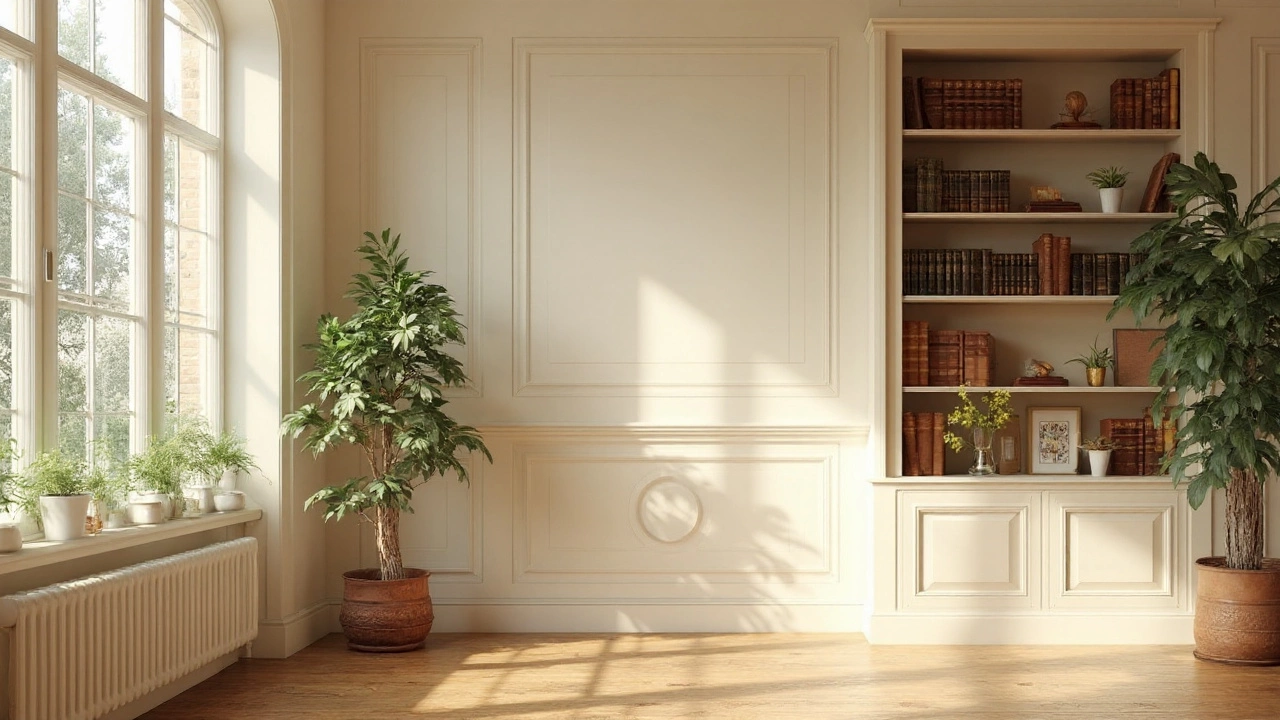Bookshelf Paint: Simple DIY Guide for a Fresh Look
Got an old bookshelf that needs a new vibe? A fresh coat of paint can turn a tired piece into a room star without breaking the bank. In this guide I’ll walk you through everything you need – from prep to the perfect finish – so you can paint your bookshelf with confidence.
Prep Work: Getting Ready to Paint
First thing’s first: clean the shelf. Dust, grease, and old glue can ruin a smooth finish, so wipe it down with a damp cloth and let it dry. If the bookshelf has a glossy finish, sand it lightly with 120‑grit sandpaper. The goal is to give the new paint something to grip, not to strip everything away.
Next, fill any dents or scratches. A quick‑dry wood filler works well – just apply, smooth, and sand flat. Once the surface is level, use painter’s tape to protect the back panel and any hardware you want to keep. This step saves you from accidental paint splatters later.
Prime the wood. Even if you’re using a high‑cover paint, a primer helps the color pop and prevents stains from seeping through. Choose a water‑based primer for easy cleanup and faster drying. One thin coat is enough; let it dry according to the label, usually about an hour.
Choosing Paint, Color & Finish
When it comes to paint, you have two main options: latex (water‑based) or chalk (chalkboard) paint. Latex gives a smooth, durable surface that’s easy to clean – perfect for a bookshelf that will see a lot of handling. Chalk paint, on the other hand, needs less sanding and can create a trendy matte look, but you’ll want a protective topcoat.
Color choice depends on the room vibe. Light neutrals brighten small spaces, while deep blues or forest greens add drama to a large living area. If you love a pop of color, try a bold accent on the back panel and keep the shelves themselves neutral. Test a small patch first; paint can look different under various lighting.
Finish matters too. A satin or eggshell finish offers a subtle sheen and handles fingerprints well – great for families. If you prefer a flat look, matte works, but be ready for more touch‑ups. For a high‑gloss look you’ll need extra coats and careful sanding between layers.
Apply paint with a quality synthetic brush for edges and a small foam roller for flat surfaces. Two thin coats are better than one thick one; they dry faster and reduce drips. Wait the recommended drying time before handling the shelf – typically 2‑4 hours for latex, longer for chalk paint.
After the final coat, protect your work. A clear water‑based polyurethane adds durability without changing the color. One light brush‑on coat is enough for most bookshelves, especially if you plan to keep the paint looking fresh for years.
Finally, re‑attach any hardware, remove the painter’s tape, and let the shelf cure for a day before loading books. You’ll notice the difference right away – the paint feels smooth, the color is even, and the shelf looks like it belongs in a design magazine.
Painting a bookshelf is a quick project that yields big rewards. With a bit of prep, the right paint, and a few simple steps, you can refresh any room without spending a fortune. Grab your supplies, follow these tips, and enjoy your newly painted bookshelf!
Should Your Built‑in Bookcase Match the Wall Color? A Practical Guide
Discover when to paint a built‑in bookcase the same hue as your walls, how contrast works, and tips for achieving a balanced look in any room.
More
